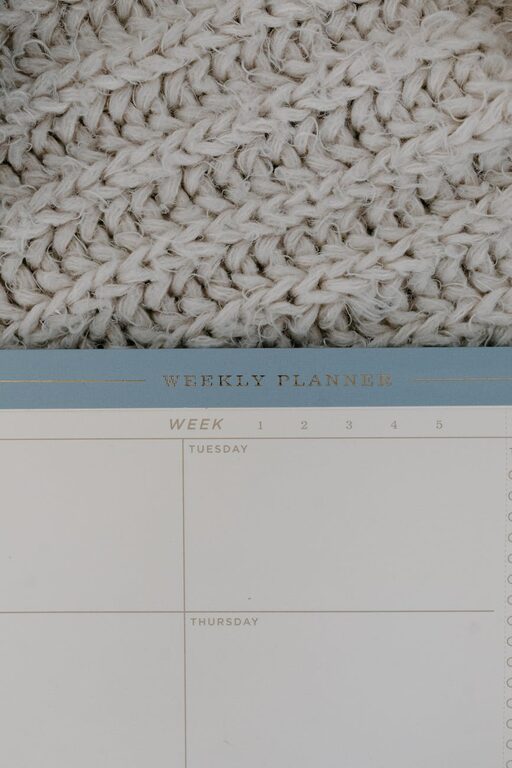Building new habits and staying consistent with them can be challenging, but the benefits are well worth the effort. Whether you want to exercise regularly, read more, or develop a new skill, tracking your habits is a proven way to keep yourself accountable and motivated. In this post, we’ll explore simple and effective strategies to track your habits and maintain consistency over time.
Why Tracking Habits Matters
Many people try to change their routines but give up after a short time. One key reason for this is a lack of clear tracking. Tracking helps by:
– Providing visual proof of your progress
– Highlighting patterns and obstacles
– Increasing motivation through small wins
– Enabling adjustments to your routine when needed
When you track habits, it’s easier to commit to daily or weekly actions because you can see exactly how you are doing.
Choosing the Right Habits to Track
Before you start tracking, it’s important to pick the right habits. Here are some guidelines:
– Start small: Choose habits that are achievable and don’t require drastic changes.
– Be specific: Define your habit clearly. For example, “drink 8 glasses of water” instead of “drink more water.”
– Focus on one or two habits at a time: This helps avoid overwhelm.
– Align with your goals: Pick habits that support your long-term objectives.
Once you’ve identified your habits, you’re ready to track.
Methods for Tracking Habits
There are various ways to track habits. Choose one that works best for your lifestyle and preferences.
1. Habit Tracking Apps
Many apps are designed specifically to track habits. Popular options include:
– Habitica: Gamifies habit building with rewards.
– Streaks: Focuses on building streaks of habit completion.
– HabitBull: Offers detailed charts and reminders.
Benefits:
– Automatic reminders
– Easy data entry
– Visual progress tracking
2. Bullet Journals and Planners
If you prefer pen and paper, a bullet journal or planner can be effective. You can:
– Draw habit trackers as grids or charts
– Check off days when habits are completed
– Reflect on your progress weekly or monthly
This method adds a creative touch and can be very satisfying.
3. Simple Checklists or Calendar Marking
A low-tech approach is to use a printed checklist or mark your calendar daily. This method is easy and quick, and seeing consecutive marks can be motivating.
Tips for Staying Consistent
Tracking habits alone won’t guarantee success. Here are practical tips to stay consistent:
Set Clear Intentions
Write down why the habit matters to you. When motivation dips, remind yourself of your reasons.
Use Reminders
Set alarms, sticky notes, or app notifications to prompt action until it becomes automatic.
Start with a Tiny Habit
Break the habit into smaller parts. For example, if you want to meditate daily, start with just one minute.
Reward Yourself
Celebrate milestones. Rewards reinforce positive behavior and keep you motivated.
Be Flexible and Forgive Yourself
Missed days happen. Don’t get discouraged. Reflect on what caused the slip and plan to improve.
Track Progress Weekly and Monthly
Review your habit data regularly to notice trends. Adjust your approach if something isn’t working.
Combining Habits for Better Results
Sometimes, bundling habits can help. For example, you might:
– Stretch for 5 minutes after brushing your teeth
– Read a few pages while drinking your morning coffee
– Plan your day while waiting for breakfast to cook
These habit stacks make it easier to incorporate new behaviors into your routine.
Final Thoughts
Tracking habits and staying consistent is a gradual process that grows stronger over time. By choosing the right method, setting realistic goals, and staying kind to yourself through setbacks, you’ll build lasting habits that improve your life.
Remember, the key is not perfection but persistence. Start small, track daily, and celebrate every step forward. Your future self will thank you!

